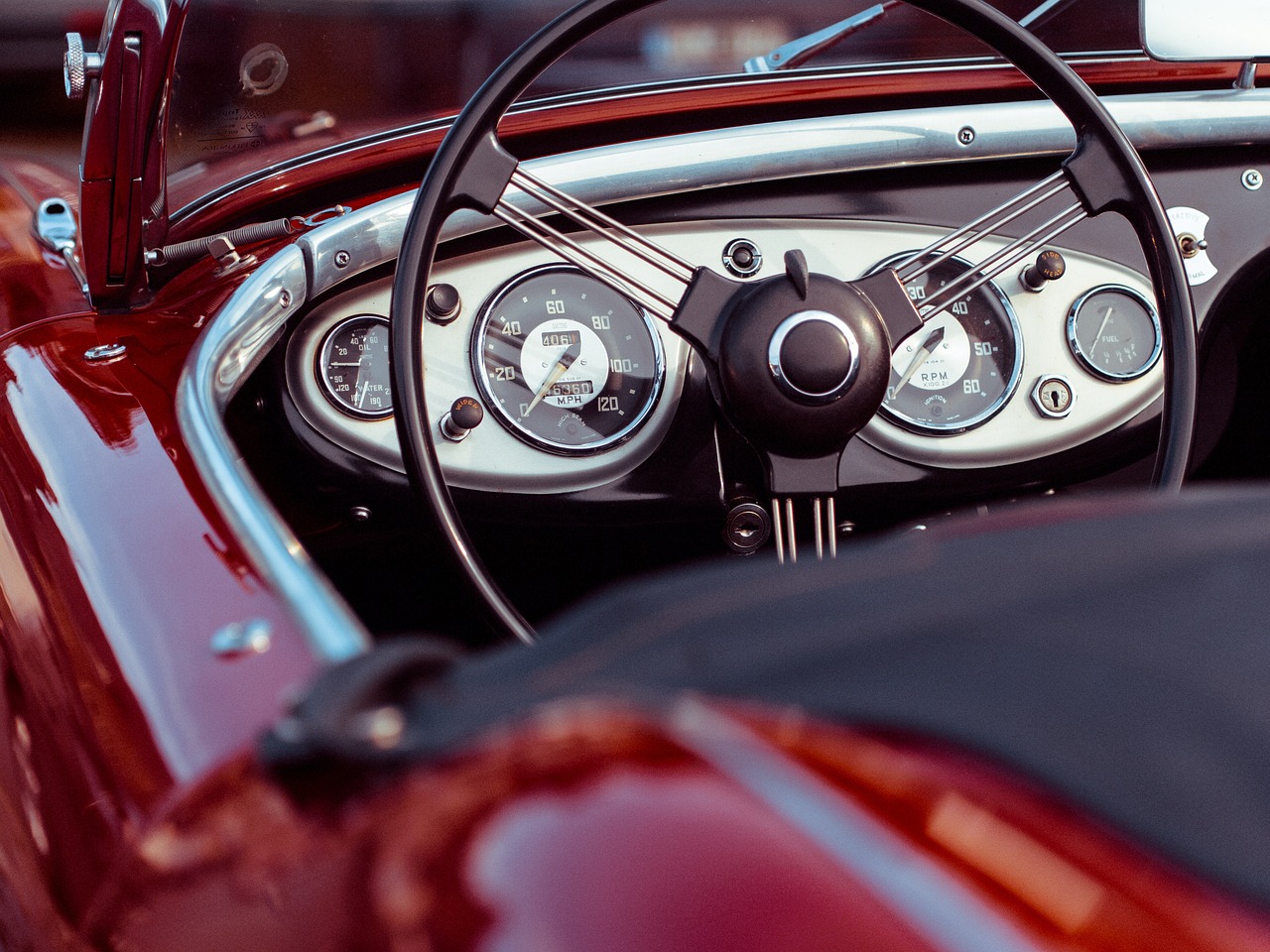Everyone knows there's something incredibly special about classic cars. They embody history, and character, and tell tales of the times they were born into. For a car enthusiast, getting your hands on a classic vehicle and restoring it back to its original glory can be an exhilarating experience. Whether you're a novice in the world of classic cars or a seasoned professional, the process of restoration always holds its unique thrills. So, how can you breathe new life into your classic treasure? Read on to find out!
1. Assessment and Planning
Your first order of business in restoring your classic car is understanding what you're dealing with. Begin by thoroughly assessing the condition of the vehicle. Look for any areas that require immediate attention—rust, missing parts, damaged components. It's also important to check the engine, transmission, and other mechanical systems for functionality.
Once you've identified the areas that need work, devise a plan. Break down the restoration process into manageable tasks like repairing the body, refurbishing the interior, and so on. Remember to make a list of parts you'll need to buy, keeping in mind that some parts for older cars can be difficult to find.
Finally, determine a realistic timeline and budget for your project. A solid plan will not only help you stay organized but also prevent you from feeling overwhelmed during the process.
2. Body and Interior Restoration
Classic car restoration can often feel like an archaeological dig, unearthing hidden problems as the longer you work at it. This is especially true when you're working on the body and interior. Repairing or replacing rusted panels may be necessary, and in severe cases, the entire body of the car might need to be replaced.
When restoring the interior, you'll need to decide how authentic you want the restoration to be. You can choose to refurbish the existing upholstery, or you might decide to entirely replace it with new materials that match the original look. Similarly, details like the dashboard, steering wheel, and other fixtures should be attended to. It's all about finding the balance between maintaining the classic charm and ensuring the car's usability.
 Image by Ingo Leukers from Pixabay
Image by Ingo Leukers from Pixabay
3. Mechanical Overhaul
The heart and soul of your classic car are its mechanical systems—the engine, the transmission, and the suspension, among others. Depending on the car's condition, this could range from a minor tune-up to a major overhaul.
You may need to rebuild the engine, fix or replace the transmission, and overhaul the braking system. It's important that you are either familiar with these tasks or willing to learn, as this aspect of restoration requires a good understanding of car mechanics. For complex tasks, don't hesitate to seek help from professionals.
While you're under the hood, remember to check all the wiring and replace it if necessary. Classic cars have simpler electrical systems than modern ones, but they can still be a source of trouble if not correctly restored.
 Image by Thomas Rüdesheim from Pixabay
Image by Thomas Rüdesheim from Pixabay
With careful planning, patient execution, and a passion for classic cars, you can restore your classic ride to its original grandeur and create a unique piece of mobile history.








